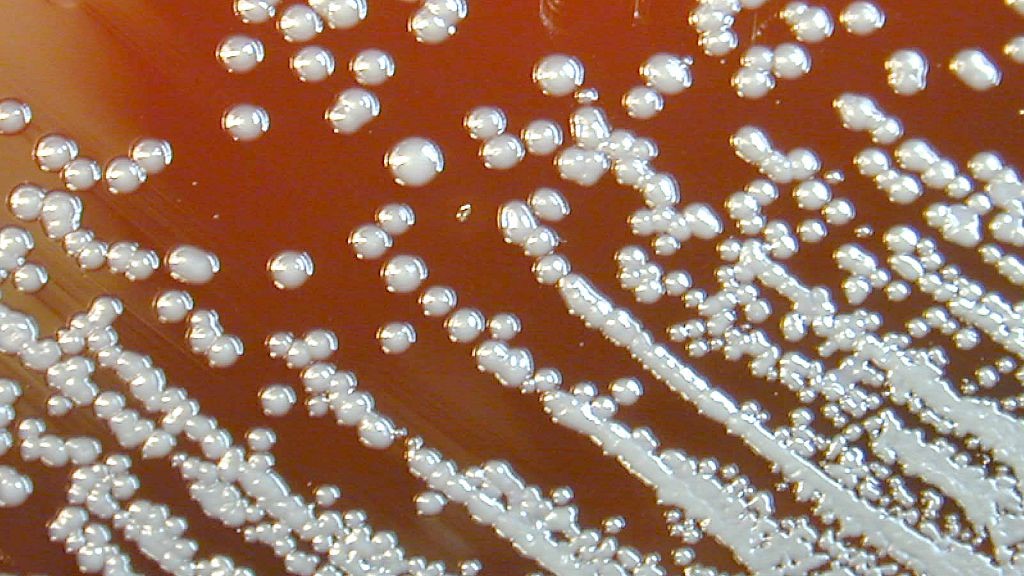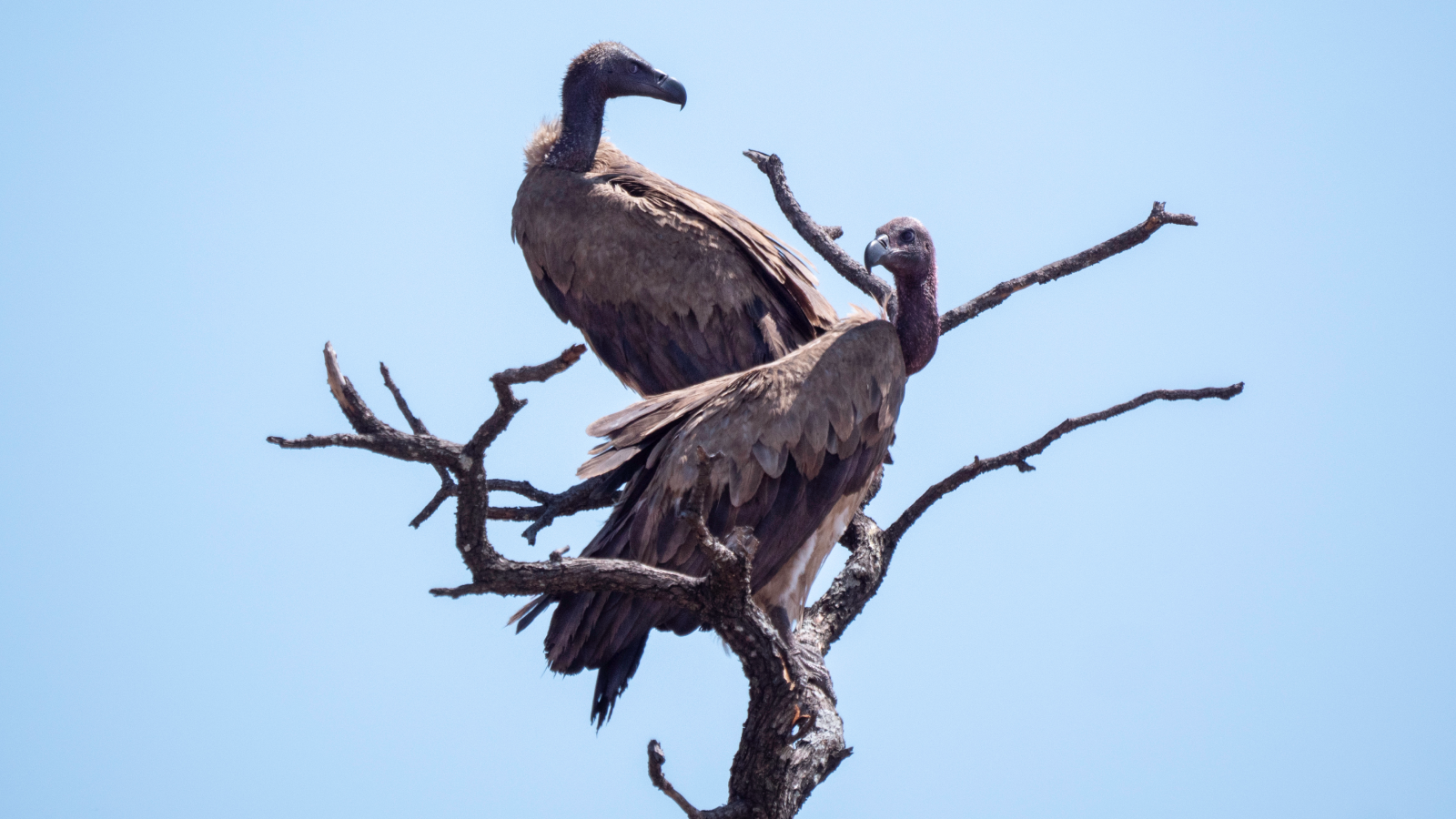CDC investigating 2 deaths, 2 illnesses from rare bacterial disease
The source of the infections remains a mystery.

Four people in the U.S. have mysteriously fallen ill with a rare and sometimes deadly bacterial disease that's usually seen only in other countries with tropical climates, according to health officials. Yet none of these patients had traveled outside the country.
The four cases, which were identified between March and July, occurred in Georgia, Kansas, Texas and Minnesota, according to a statement from the Centers for Disease Control and Prevention (CDC). Two of the patients died and two were hospitalized for long periods of time. The first death occurred in Kansas in March, and the second death occurred last month in Georgia.
The patients were all diagnosed with melioidosis, a disease caused by the bacterium Burkholderia pseudomallei. The bacteria grows in tropical climates, and it is most commonly seen in Southeast Asia and northern Australia. The only places in the U.S. where this bacterium is naturally found are Puerto Rico and the U.S. Virgin Islands, according to the CDC.
Related: 28 devastating infectious diseases
Only about a dozen cases of melioidosis are identified each year in the U.S., and these cases are nearly always among people who have traveled to places where the disease naturally occurs, the CDC says. That's why the current cases, which are not tied to recent international travel history, are so unusual, according to the statement.
Health officials are now trying to figure out how these people became infected. They have tested more than 100 samples from products, soil and water in and around the patients' homes, but nothing has turned up, the statement said.
Genetic testing has revealed that the bacterial strains infecting these four patients are very similar to each other, which suggests a common source for the infections, the statement said. The CDC suspects that the patients were infected through an imported product, such as a food, drink, personal care or cleaning product. After people are exposed to Burkholderia pseudomallei, it can take several weeks before they become sick, which can make it difficult for health officials to pinpoint the source of the illness.
Get the world’s most fascinating discoveries delivered straight to your inbox.
Melioidosis can cause a wide range of symptoms. In the current cases, symptoms ranged from cough and shortness of breath to weakness, fatigue, nausea, vomiting, intermittent fever, and rash on the trunk, abdomen and face, the CDC said in an alert to doctors about the cases.
Two of the patients had conditions known to increase their risk of infection with Burkholderia pseudomallei, including chronic obstructive pulmonary disease (COPD) and cirrhosis (liver disease), the CDC said. But the other two patients had no known risk factors.
Among those infected is a 4-year-old in Texas who fell ill in May. The child, Lylah Baker, spent a month in the intensive care unit at Children's Medical Center Dallas, according to The Dallas Morning News. She needed to be placed on a ventilator and has suffered brain damage, The Dallas Morning News reported.
"She was a healthy, typical little girl about to start pre-K in the fall — no underlying health issues previously. I mean just nothing," Ashley Kennon, the child's aunt, told the Dallas Morning News. "So it was definitely a major surprise to everybody not knowing where [the bacteria] came from." Lylah is now receiving treatment at Our Children's House Dallas, which provides transitional care to children after they are hospitalized but before they go home, The Dallas Morning News reported.
The CDC has alerted doctors to be on the lookout for cases of melioidosis, and to consider this diagnosis even in patients who haven't traveled outside the U.S.
Originally published on Live Science.

Rachael is a Live Science contributor, and was a former channel editor and senior writer for Live Science between 2010 and 2022. She has a master's degree in journalism from New York University's Science, Health and Environmental Reporting Program. She also holds a B.S. in molecular biology and an M.S. in biology from the University of California, San Diego. Her work has appeared in Scienceline, The Washington Post and Scientific American.
